The place I always come back to
Brittany: Grey skies, turquoise seas, and my favorite dessert — once made to survive weeks at sea.
Hello from Saint Quay,
a little town on the northern coast of Brittany (Bretagne), in the far west of France.
Every summer of my life, I’ve spent at least a few days here. My grandparents bought a house in Saint Quay in 1968, and since then, it’s become our family’s anchor. Every July, we gather — now four generations — with Germaine, my 93-year-old grandmother still at the heart of it all. Whether she’s organizing beach picnics or evening apéros overlooking the sea, her joy in bringing us all together never fades.
Brittany is where both of my parents are from. It's also where I grew up — in the countryside, surrounded by fields, stone houses, and local traditions that have stayed remarkably intact. I often wonder how much this region has shaped the way I work today — closely tied to heritage, craft, and remote rural places that guard their traditions with pride.
In the 1980s, Brittany still felt like a world apart. I was a child then, and I remember seeing bigoudènes — women wearing traditional lace headdresses known as coiffes bretonnes — especially during village festivals or Sunday gatherings. People around me often spoke le breton, the regional Celtic language, which has roots older than French itself.
Looking back, growing up in a place like this made me attuned to the beauty of things made by hand, by people who believe in continuity. Maybe that's why I feel so deeply drawn to the craftspeople I work with in Central America, to heirloom cottons, and to landscapes that live in between sea and forest, myth and memory.
Grey clouds and turquoise coast line
Brittany’s geography is raw and poetic. A peninsula jutting into the Atlantic, it offers one of the most dramatic and varied coastlines in Europe. One moment you’re walking along a cliff battered by waves and gulls, the next you’re in a hidden cove where the water turns unexpectedly turquoise, almost Caribbean.
Here in the north, the coastline is sculpted by tides and time — pink granite rocks twisted into surreal formations, old fishing ports with blue wooden shutters, seaweed-covered beaches where children search for crabs at low tide. The tidal range is huge, revealing vast sandy flats one moment and filling entire harbors the next.
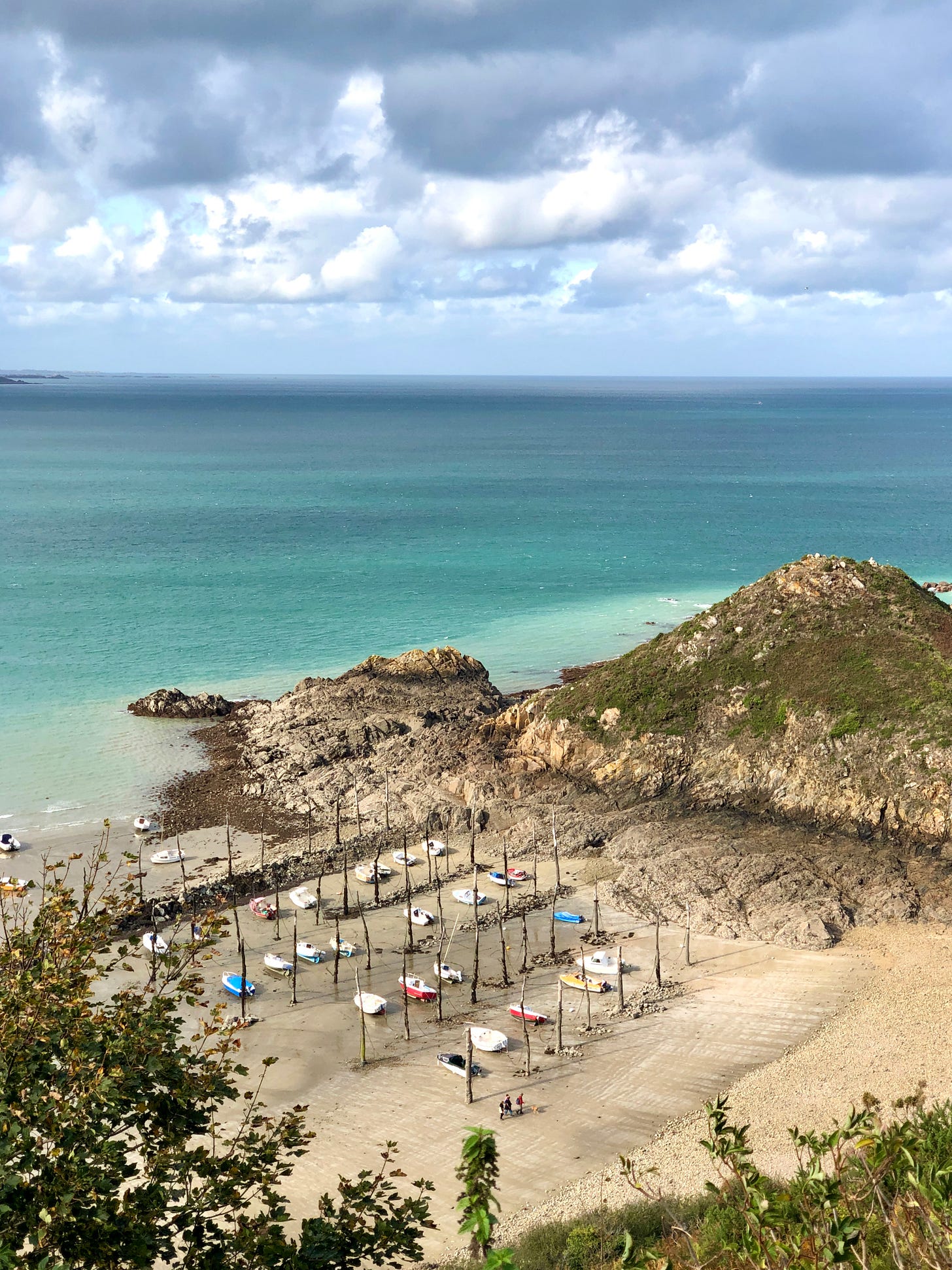
Inland, the mood changes. You’ll find small roads bordered by ancient oaks and mossy stone walls, chapels tucked into hillsides, and fields dotted with cows and hydrangeas. There’s something deeply comforting about the quiet inland villages, where the pace of life is slow and rooted.
The weather doesn’t always cooperate — it’s true, there are more clouds than sunshine — but to me, that’s part of its wild beauty.
A land of Celtic roots and whispered legends
Brittany has always stood slightly apart from the rest of France — linguistically, culturally, spiritually. Its Celtic roots run deep, and the region still holds onto them with pride.
You feel it in the music, which often sounds more Irish or Welsh than French — bagpipes, fiddles, and bombardes fill the air during summer fest-noz (night festivals) where locals dance in circles for hours. You hear it in the language, le breton, still taught in some schools and proudly displayed on road signs. And you see it in the stories — legends that still shape the landscape and how people relate to it.
Here folklore is alive. People still talk about korrigans, the mischievous little creatures who live in wells and forests — like Breton leprechauns. And during festivals, it’s not uncommon to see traditional dances, costumes, and rituals that have been passed down for generations.
For me, Brittany is where myth and memory blend. It's a place that has always lived close to the natural world, close to the elements, and close to its past — and that’s something rare and precious in our age.
If you’d like to explore Brittany someday, here are 10 places I recommend visiting.
1. Bréhat
Just a few miles away from Saint Quay: this car-free island is often called the Island of Flowers. With its pink granite rocks, wild coastline, and Mediterranean-like microclimate, Bréhat feels like a secret garden floating in the sea. You can walk or bike around the entire island, discovering hidden coves, artisanal shops, and old stone chapels.
2. Carnac
One of Europe’s most important prehistoric sites — older than Stonehenge! Thousands of mysterious standing stones align across the countryside.
3. Brocéliande Forest
A magical forest said to be the mythical Brocéliande. Great for hiking, picnics, and storytelling with kids. Don’t miss the “Fountain of Youth” or Merlin’s tomb.
4. Locronan
A picture-perfect medieval village with stone houses, cobbled streets, and one of the best-preserved town squares in France. Feels like a time capsule.
5. Pointe du Raz
This windswept cliff on the westernmost edge of France is breathtaking. Watch massive waves crash against rocks while feeling like you're at the edge of the world.
6. Quimper
A town known for its traditional hand-painted faience pottery, Gothic cathedral, and colorful half-timbered houses. It’s also the heart of Breton music and dance.
There are beautiful pieces of Vintage and New "faience de Quimper" on Etsy. Always make sure that the pottery is hand-signed “Quimper” on the back.
7. The Pink Granite Coast (Côte de Granit Rose)
Stunning coastal path with pink rock formations and turquoise waters. Ideal for long walks, photography, and seafood feasts.
Tip: Hike the GR34 trail between Perros-Guirec and Ploumanac’h, offering breathtaking views along a 5 miles stretch.
8. Belle-Île-en-Mer
An island off the southern coast of Brittany — rugged cliffs, sandy beaches, and peaceful villages. Rent a bike and explore it slowly.
9. Douarnenez
A historic fishing town with a strong maritime soul. Visit the boat museum (Port-Musée) and try a kouign-amann, Brittany’s decadent butter cake.
10. Huelgoat
A fairytale forest full of strange rock formations, legends, and natural caves. Great for families or solo travelers who like a little mystery in their hikes.
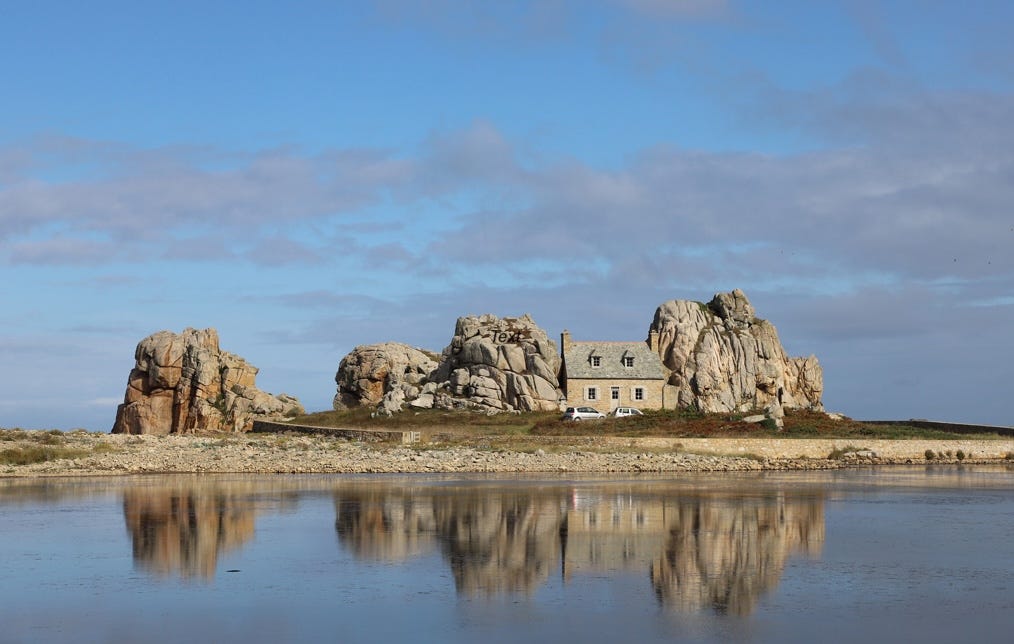
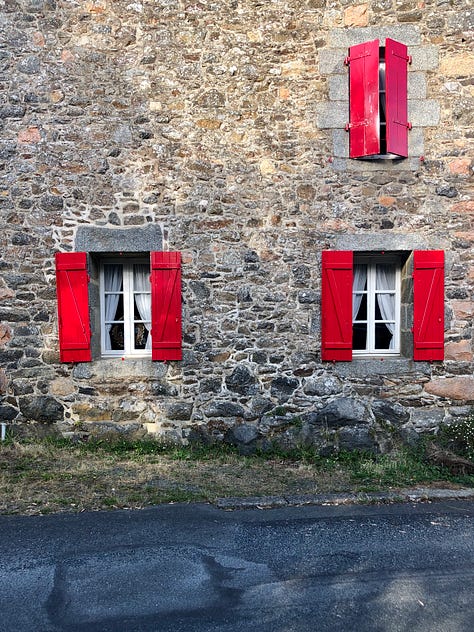
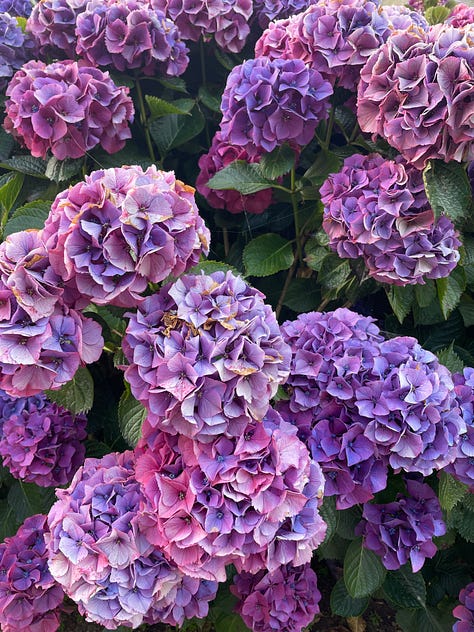

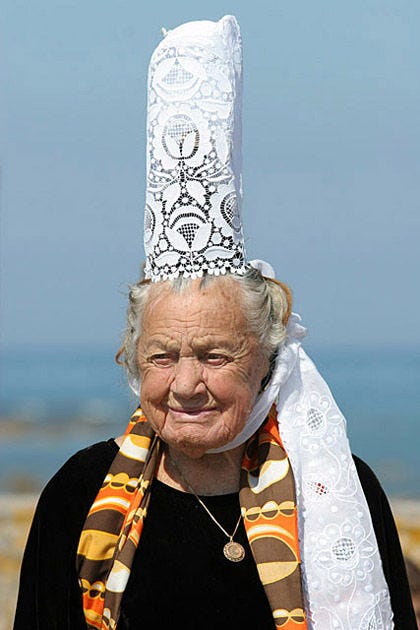
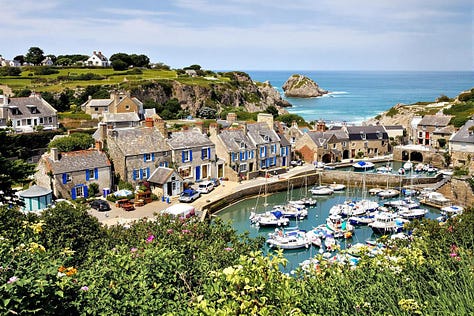
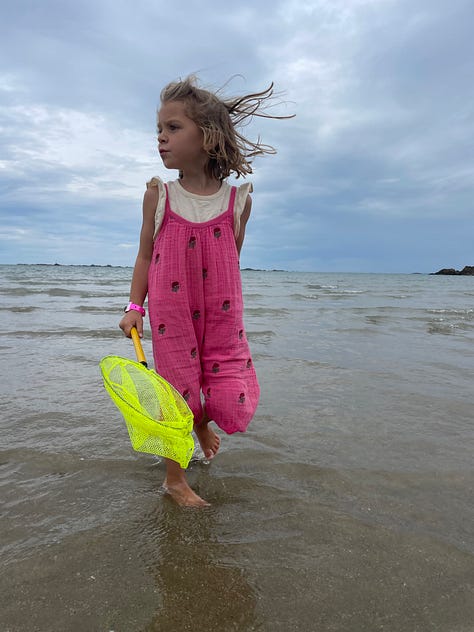
A taste of Far Breton?
If you'd like a sweet taste of my beloved Brittany, here’s the recipe for my favorite local treat: Le Far Breton — Originally a plain, flour-based dish made by Breton sailors because it was cheap, filling, and kept well at sea.
Recipe by Lilie Bakery
Enjoy!
—Maud








